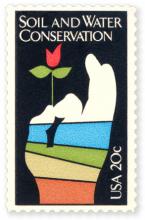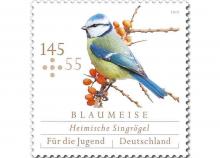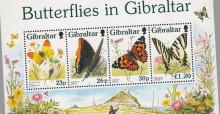Editor of Food and chemical Toxicology is obliged to give Prof. Séralini’s team right of reply after retracting NK603 and Roundup study
The editor of Food and Chemical Toxicology (FCT) uses double standards when it comes to publishing in favour of the industry, Prof. Séralini’s team say. Now the journal’s publisher Elsevier has compelled him to publish a right of reply by the Séralini team. More than a year after its publication, the editor of Food and Chemical Toxicology (FCT), Dr A. Wallace Hayes, retracted the long-term toxicity study on two Monsanto products, the NK603 GM maize and its associated herbicide Roundup by Séralini et al. He did so despite the fact that he found neither fraud nor conscious misinterpretation in the study. In a new article published in FCT, following pressure from the journal’s publisher Elsevier, the scientists explain why they do not accept Dr Hayes’ conclusion. They denounce the lack of scientific validity of the reasons given for the reatraction, explain why the Sprague-Dawley rat strain used is appropriate, and describe the statistical results in depth concerning the blood and urine parameters affected, proving that the liver and kidney pathologies and the mammary tumours are solidly based.










